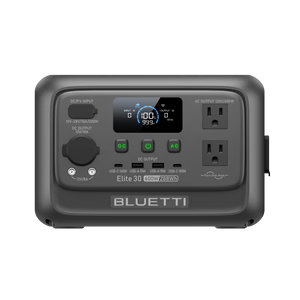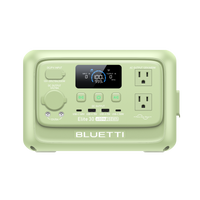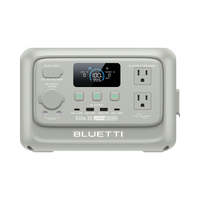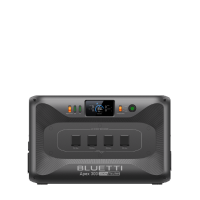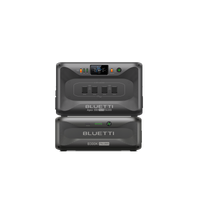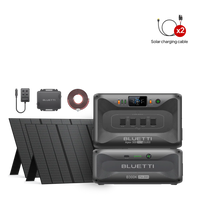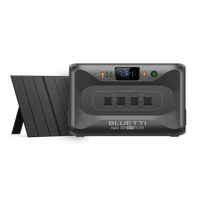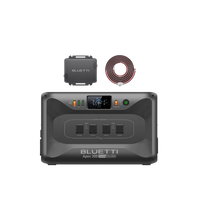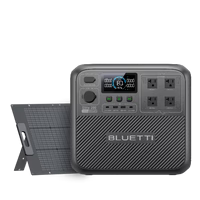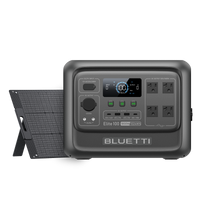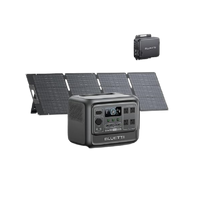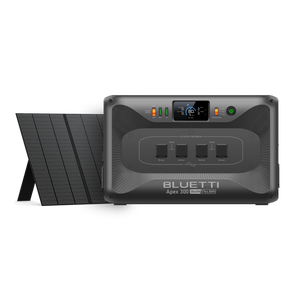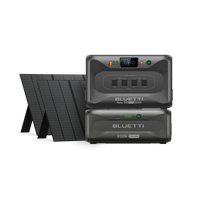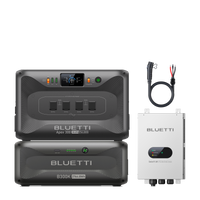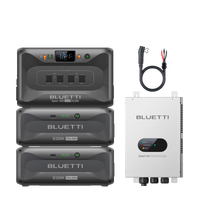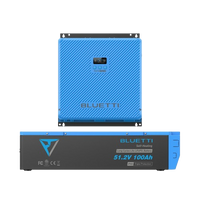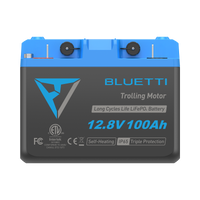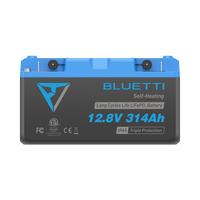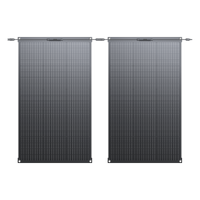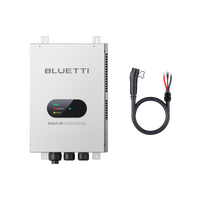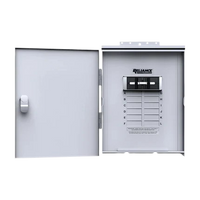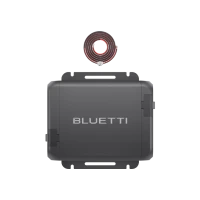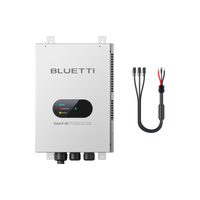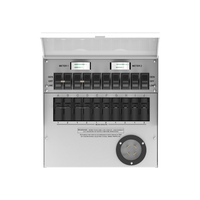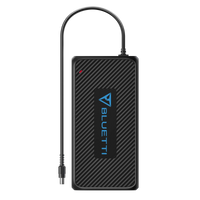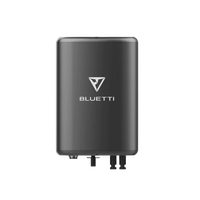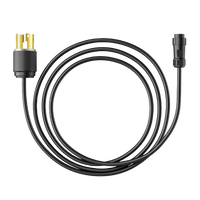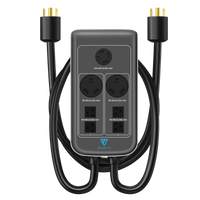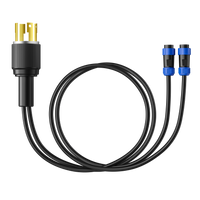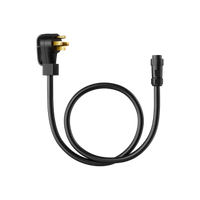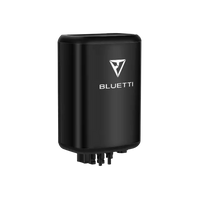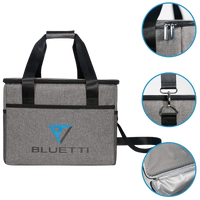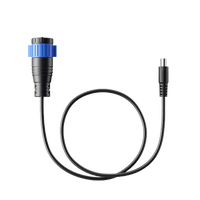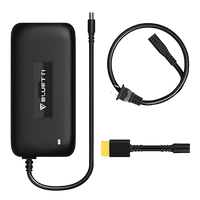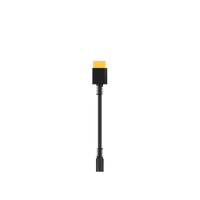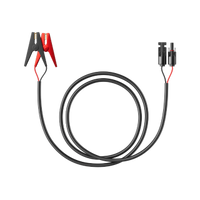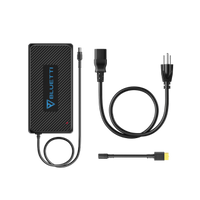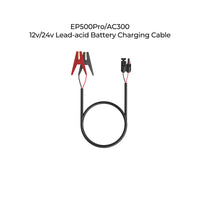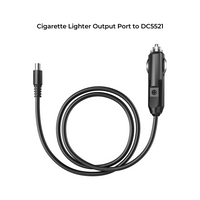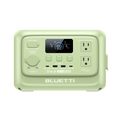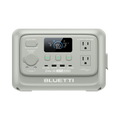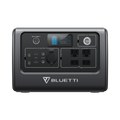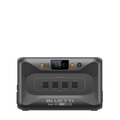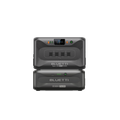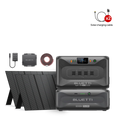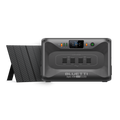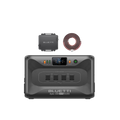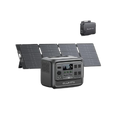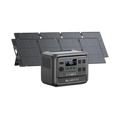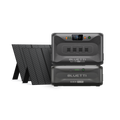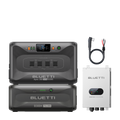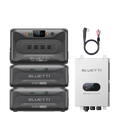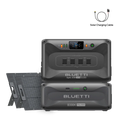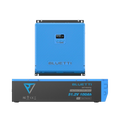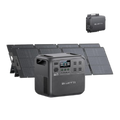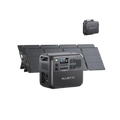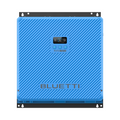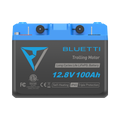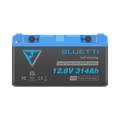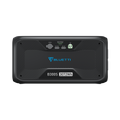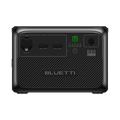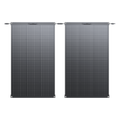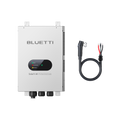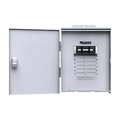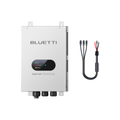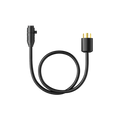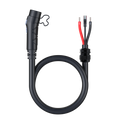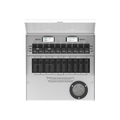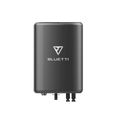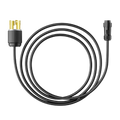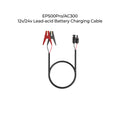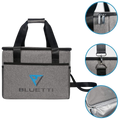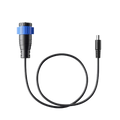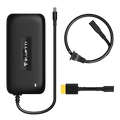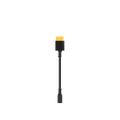In the inexhaustible summer heat, where technology is tested by the sun's raging eye, the race for the ideal battery becomes a priority. This guide will take a detailed look at the best 3 batteries of 2024 which are expertly engineered to prevail against soaring temperatures. We will show you the choices that have the potential to maintain your source of power even as the temperatures spike. For sturdy home power banks to simple communications lifelines, these batteries are the silent saviors amidst summer's raging blazes. So, join us to learn about those models that can hold the power of reliability and efficiency in spite of the season’s hottest fire.
Battery Types: Which Is Best for Hot Weather?
When the sun burns the earth and the air cracks due to heat, the selection of the battery is a matter of life and death. Unfortunately, not all batteries were created to be equal, especially in an extreme condition of very hot temperature. In the following, we will analyze three types of cells and their efficiency in extreme heat conditions. Each of them stands out with features that affect summer reliability, life span, and workability in the heat. We will now get into the gritty details of these backups to figure out which stands the toughest against the battle of heat.
-
LiFePO4 Batteries
Lithium Iron Phosphate cells are well known for their sturdiness and thermal stability and therefore frequently are the batteries of choice in hot weather applications. These batteries have an optimal operation temperature range from 0°C to 45°C (32°F to 113°F) which they can withstand up to 60°C (140°F). The self-discharge is speeded up by high temperatures, and the capacity is reduced as well. But the LiFePO4 batteries are equipped with safety features to mitigate these effects. In that manner, they are less liable to thermal runaway owing to their stable structure. Proper heat management would enable LiFePO4 batteries to deliver reliable power and longer life, even in higher temperatures.
-
Lead Acid Batteries
These ones are very popular because they are cheap and available. Nevertheless, they are susceptible to severe temperatures. High temperature can cause chemical reactions within these batteries to become more intense with faster discharge rate and self-discharge leading to their degradation. For every 10°F increase in temperature, the lifespan of the Lead Acid battery is reduced by half. They function within the temperature range of -4°F - 122°F. However, excessive heating can lead to sulfation and irreversible damage. In spite of their attractiveness in cost effectiveness, their performances in hot weather are frequently less dependable than the others.
-
AGM Batteries
The Absorbent Glass Mat cells, a version of Lead Acid batteries, use fiberglass mats to solidify the electrolyte. Due to their resistance to temperature changes, AGM batteries have a very wide operating temperature range compared to conventional Lead Acid cases. Similarly, as in the case of Lead Acid counterparts, lifespan and capacity reduction is another issue experienced when the battery is exposed to high temperatures. Though AGM options may perform well in heat, their lifetime is greatly reduced when above 100°F. They give the trade-off between performance and cost, with higher degrading resistance at high temperatures compared to the standard Lead Acid battery.
3 BLUETTI’s Top-Rated Batteries for Hot Weather
As the summer time is getting hotter, the demand for effective power sources is crucial. BLUETTI's batteries are targeted at this problem and its ability to provide robust and efficient energy storage solutions is second to none. Here is a highlight of their premium batteries intended for hot climates.
Best for Whole-Home Backup Power In a Heatwave: BLUETTI AC500 + B300S

The system is a hot weather champion, ready to handle whole-home backup even during the most severe heat waves. This generator offers a 5,000W rated power and a 10,000 W surge capacity, ensuring that it can power even the most powerful appliances. Besides, its extendable capacity from 3,072Wh to a mammoth 18,432Wh will keep your home powered even in long-term blackouts. The LiFePO₄ battery is not only strong with 3,500+ life cycles to 80% but also safe, in regard to a stable chemistry that reduces the risk of thermal events.
In addition, control has been handed to you in the form of smart app connectivity, with which you can monitor and adjust by WiFi and Bluetooth. Furthermore, the two (240V/10KW) split phase system can be extended up to 136KWh, which is ideal for larger homes in particular. Recharging is varied, with six methods ranging from AC, solar and dual charging. Also, it boasts sixty outlets, which provides the needs of 99% of tools, and offers 24/7 UPS backup. Finally, you can be sure of quality as there is a 4-year warranty backing up this commitment.
Best Entry-Level Backup Power for Summer Blackouts: BLUETTI EP500Pro

This station is the perfect one-step solution for summer blackouts. It has a 5,120Wh LiFePO4 battery with 3,500+ cycles to 80% capacity which makes it a very reliable choice. Besides, the 3,000W pure sine wave output indicates that your electronics will run smoothly and efficiently without any need for extra power. Also, being a movable power plant, it gives the ability to pick the most suitable location and use it effectively. In-grid and flex UPS modes provide a 24/7 protection against power interruptions.
Furthermore, it is suitable as a storage of energy off the grid and this makes it an ideal source for the unreachable areas. In addition, the EP500Pro is capable of powering multiple devices at once and features versatile recharging options to keep it always ready. The app control and smart touchscreen interface enable you to remotely manage your power needs and keep the utility of the product intact.
Best for Maintaining Communications During a Summer Power Outage: BLUETTI AC240

If you are looking into a summer power outage and need to keep up communication, the AC240 will no doubt be the best option. It has a higher reliability rate than most of its competitors thanks to its IP65 water and dust-resistant feature ideal for outdoor use. The 2400W AC output and the power lifting mode of 3600W give the ability to support crucial communication devices as well. Also, through the upgradeable capacity (up to 10, 136Wh) with extra batteries of B210 size, a continuous power supply is assured.
Besides, the parallel connection provides a combined 20,272Wh capacity and 4,800W / 120V power, which is suitable for larger systems. Moreover, it has a fast recharge of 80% in 45 minutes thanks to an AC input of 2,200 W that supports a max of 1,200 W.solar input. The BLUETTI app provides smart control and monitoring functionality, additionally, the instantaneous EPS turns on backup power in only 15ms.
What Else To Consider Before Buying Batteries for Hot Weather Use?

In discussing hot environment batteries, it is a must to consider some factors that can be detrimental to the performance and durability of the batteries. Below are the 9 major aspects to be considered.
- Heat Tolerance: Batteries used in hot areas have to work very well in the temperature extremes without degrading. Seek for those batteries tolerant to heat and involve a look into their temperature operating ranges.
- Vibration Resistance: Heat is a factor that combines with adverse events in the road to create vibrations. A battery that is withstanding vibration will show a longer operating time in hot weather.
- Maintenance Requirements: Some batteries perform better than others and need more maintenance. In high temperatures, maintenance-free batteries have an advantage as they will probably not face water loss or other heat-related problems.
- Reserve Capacity: This is the amount of time that a cell can run by itself before it needs to recharge. Thus, it's especially important on hot days when they drain more quickly.
- Cold Cranking Amps: This measures the cell's ability to start an engine in chilly weather. However, a cell with a high CCA rating will generally give a good performance in hot weather as well.
- Battery Type: Some cases, such as LiFePO4 can be utilized in extreme temperatures since they are sealed and so able to withstand the high temperatures.
- Size and Fit: See to it that the battery is fastened properly in the tray of the car. A suitable fit prevents the arising of vibration damages and also provides for the most effective ventilation.
- Brand Reputation: Pick the brand with the best reputation for quality and reliability. Conduct research and look at the reviews of the customers as an indication of how the batteries handle the heat.
- Warranty: A good warranty can be a source of peacefulness and insurance against a battery failing abnormally in the summer when such failures are more prevalent.
Final Thoughts
Finally, the choice of the right battery for the hot weather condition is an issue of big importance that has an enormous impact on the efficiency and effectiveness of your power solution. The AC500 + B300S by BLUETTI stands out in the whole-home backup category, the EP500Pro dominates as the entry-level option, and the AC240 is perfect for maintaining communication systems in the times of outages. Besides the specific products, one should have to take care of the battery types, heat tolerance, and other factors mentioned above. Nowadays, more often than not, we face heatwaves and frequent power challenges. In such a situation, having a reliable and strong battery system is not a luxury but a necessity for our safety and security in the upcoming scorching months. Just keep in mind that the best selection will consider performance, durability, and price to address your particular warmth-related needs.
